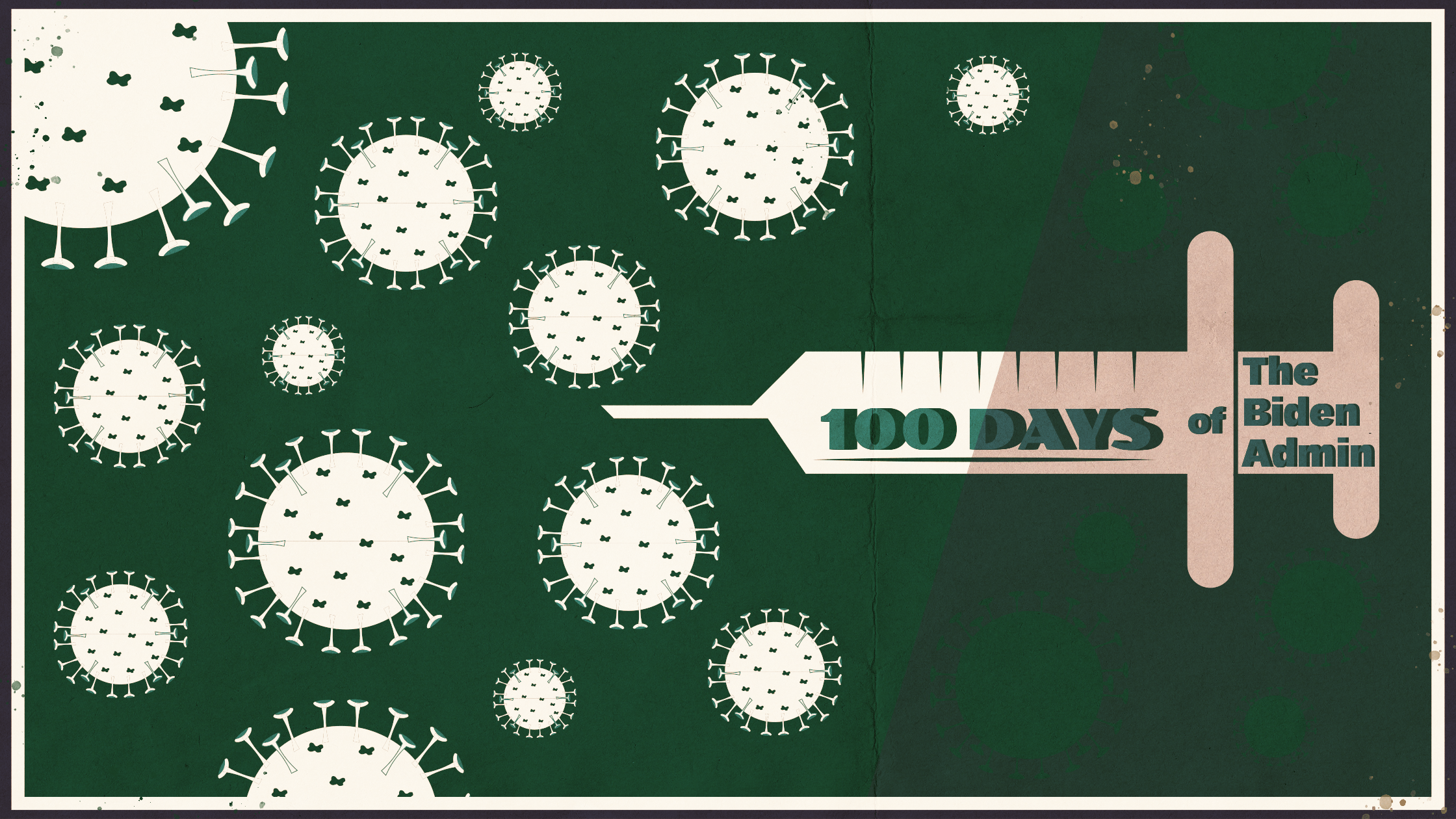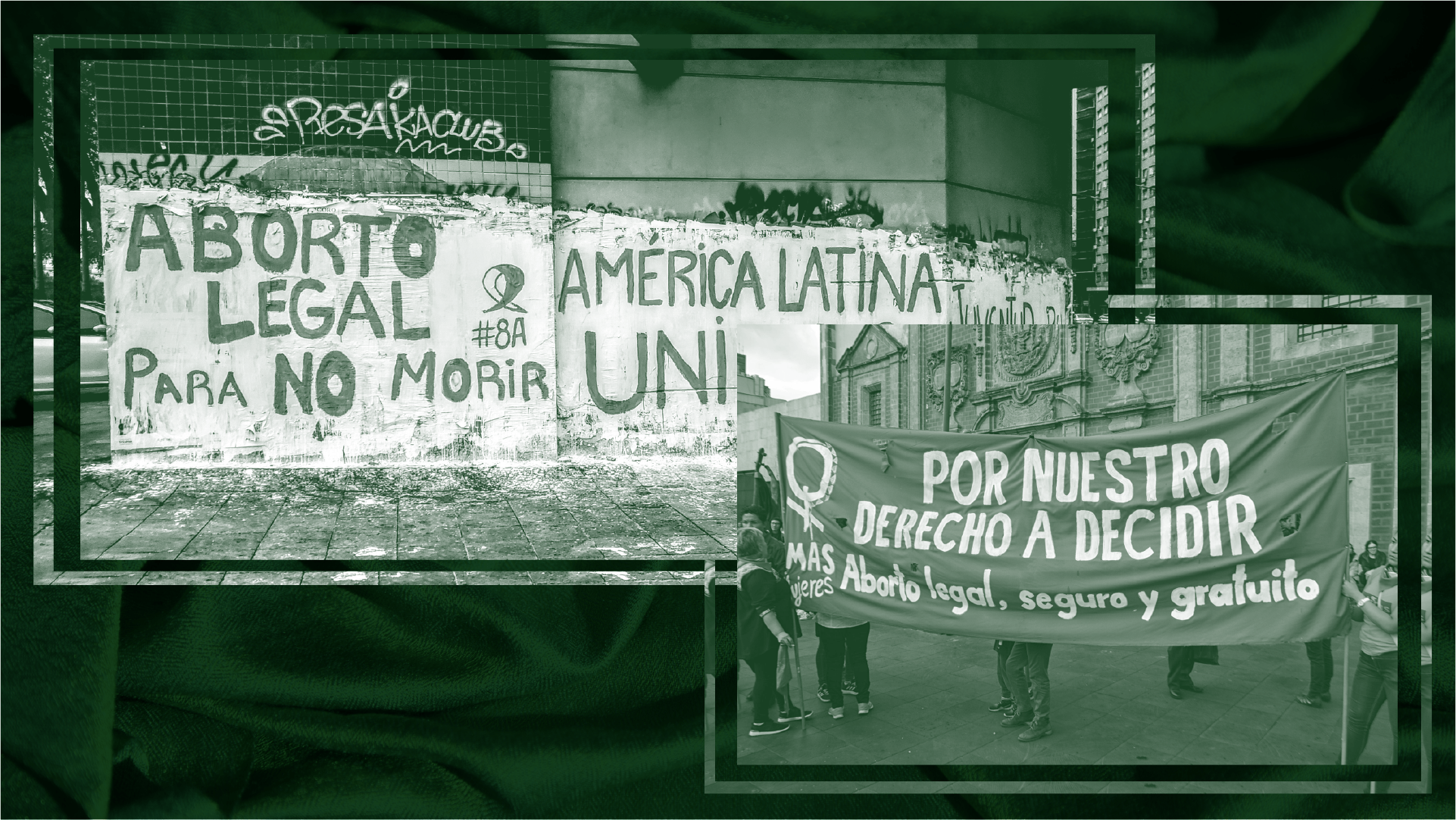
Biden Turns the Corner on the COVID-19 Pandemic
Biden surpassed expectations regarding vaccine distribution, but there's room for more equity.
The COVID era has felt like several years squished into one. The United States’ abysmal COVID-19 infection and death rates set it apart from much of the world for much of 2020. But now that America has transitioned in leadership, this new administration translates to a new crisis management strategy.
The Biden administration has worked heavily on aspects of the pandemic within federal control: quickening vaccine distribution, mandating vaccine availability deadlines, and allocating federal funds to the nationwide vaccination effort — ultimately accomplishing the goal of getting 100 million people at least partially vaccinated within the first 100 days of his presidency. Meanwhile, individual choice and varying state regulations leave the public in varying levels of public health progress, depending on what state someone lives in.
When Biden came into office, the country was on the downbend of the biggest peak in cases we had experienced within the pandemic. Former President Donald Trump had previously let states restrict normal activity as little or as much as they wished. He also treated the pandemic as an eventual distraction to deal with, making sure to stop his administration from even sending masks to every American household. While Biden inherited these circumstances, he came at the right moment. Two vaccines, made by Pfizer and Moderna using scientifically groundbreaking mRNA technology, received emergency use authorization from the Food and Drug Administration right before Biden entered office, allowing him to build off the push Trump gave to Operation Warp Speed that allowed quick development in COVID vaccine research.
However, vaccines were (and continue to be) politicized as untrustworthy, despite Trump, one of the vaccine’s loudest critics, receiving one of the first doses of the vaccines in January. But on Biden’s first day in office, he issued executive orders focused on improving vaccine distribution, expanding COVID testing, and reopening schools. The president’s immediate focus on efficiency in logistics filled his first 100 days with extensive progress despite pushback from the American public.
Now, the country’s public health state has transformed. Every adult in America is now eligible to receive a COVID-19 vaccine. A year ago, it was incredibly difficult for most Americans to even receive a COVID test. But as of May 2, 69.6 percent of Americans above the age of 65 are fully vaccinated and 44.3 percent of all American adults have received at least one dose. And in addition to now having a leadership example that encourages following Centers for Disease Control and Prevention (CDC) guidelines to minimize spread, COVID testing is widely available for free to anyone who has been exposed to the disease. The country is well on its way to lowering rates of spread.
Officials also implemented policies that helped alleviate the suffering COVID was putting on the American public. Regarding policies, the administration gave businesses a tax break to encourage them to allow their employees to take time off to obtain COVID vaccine protection. The White House gave $1.7 billion dollars to the CDC to learn more about various COVID variants. Additionally, Biden signed the American Rescue Plan of 2021, a bill that provided funding for COVID testing to help schools reopen, among other types of assistance. But, it did not include Biden’s promised $2,000 stimulus checks — instead, it provided $1,400 checks, explaining it away by saying it built on the initial $600 payments made in December.
With full hands, the new administration went full throttle on fulfilling its campaign promises. Biden invested billions into expanding COVID testing. He used the Defense Protection Act to expand supply of personal protective equipment. Biden superseded his promises in ways that expedited the process of the United States being able to loosen COVID restrictions, allowing higher indoor capacity for businesses and easing the standards for when masks are required to be worn.
However, vaccine rollouts suffered from disparities in access and equity, as it was primarily left to the states to decide which populations would receive doses and when. Elderly people have a hard time gaining vaccine appointments due to unfamiliarity with technology. And regardless of placement of the vaccine site, white people have much higher rates of being vaccinated than minorities. Minorities have a hard time getting vaccine appointments for plenty of reasons, ranging from language barriers to struggles with being able to get time off to receive doses. Latinx communities in particular fear that attending an appointment would mean that their immigration status would have to be reviewed.
Global vaccine inequality also resurfaced as a hot-button issue when India’s COVID-19 case and death rates shot up in late April, becoming the world’s worst pandemic wave. Amid pressure to waive COVID vaccine patents, U.S. Trade Representative Katherine Tai announced the Biden-Harris administration’s support for the move, which could allow more companies to begin manufacturing vaccines (though it’s faced pushback from the European Union).
And on top of these disparities, vaccine hesitancy in the U.S. continues to be a concern regarding vaccine access. Minority and white evangelical communities have been hesitant to obtain the vaccine, even when granted eligibility. Within evangelical circles, there is a distrust of the federal government alongside a high amount of misinformation being shared about the vaccine. History of medical discrimination and malpractice has also made some minorities hesitant to trust the safety of a newly developed medical treatment that was only emergency approved. Public health efforts still have to be made to connect with these communities and share the truth about the vaccines from members of these groups that are also heavily involved in the medical and public health fields.
Vaccine distribution inequities and hesitancy will have ramifications on reaching herd immunity, or when enough of the population has enough antibodies — either through previous infection or through vaccinations — that the rest of the population is protected. Having as many vaccinated as quickly as possible will guarantee there is a much lower amount of hospitalizations and deaths despite infection rates. Based on current vaccination rates, America could have 70% of adults vaccinated by the end of July and 85% by the end of September.
But Dr. Jessica Justman, a senior technical director at Columbia University’s Mailman School of Public Health, says that vaccines alone won’t bring herd immunity.
“Nothing is guaranteed, but the key factors that will work together to bring America to herd immunity are higher vaccination rates coupled with decentralized grass-roots and community vaccine campaigns,” Justman said. “Non-pharmacologic interventions in settings where people are being vaccinated less will also help.”
Slowly but surely, things are getting better. The messaging of the past that downplayed the significance of the pandemic elongated the suffering the American public had to endure. But a new emphasis on masks, plus the push for the distribution of vaccines allowed America to turn a new leaf.
“Of course COVID vaccine development work and the planning for vaccine rollout began during the prior administration,“ Justman said. “But the Biden administration has done really well overall with handling the COVID pandemic.”


